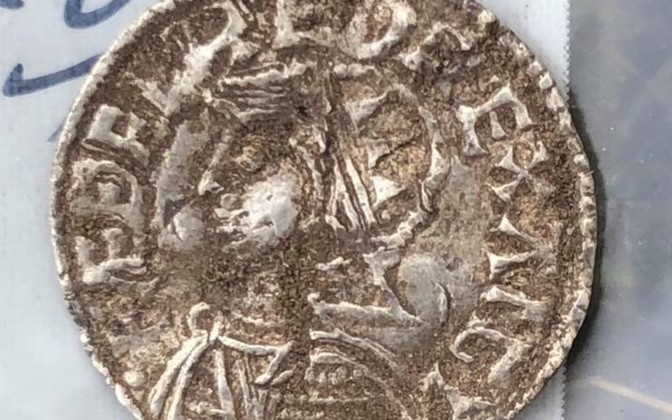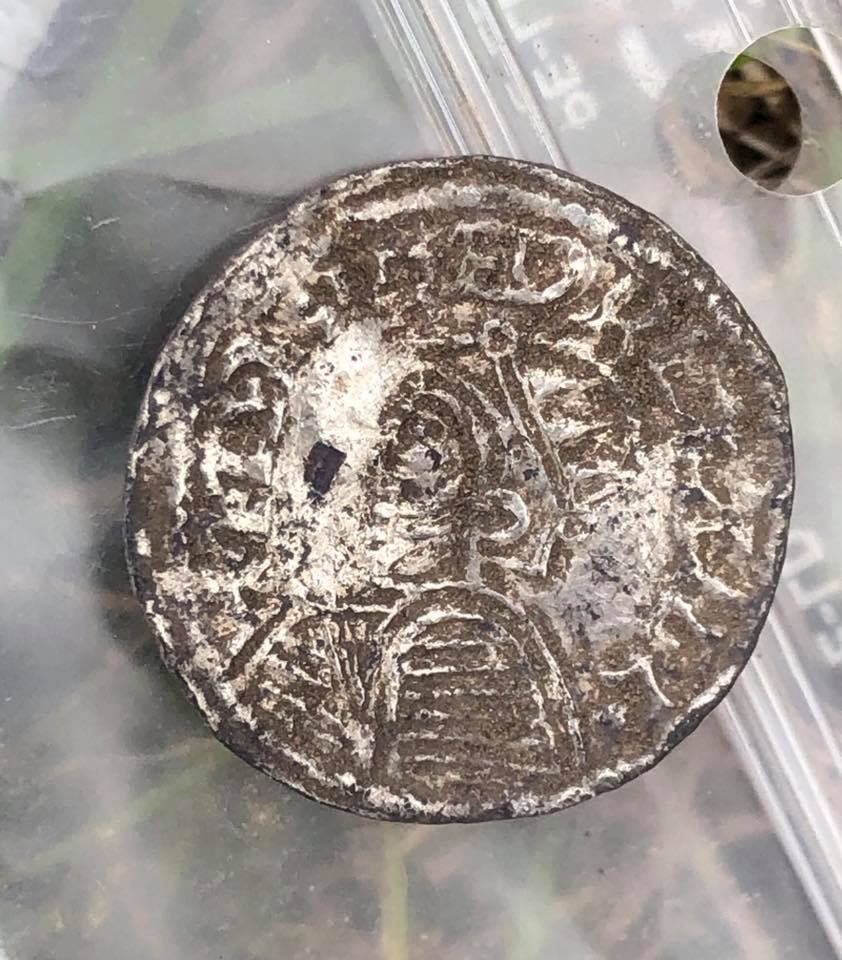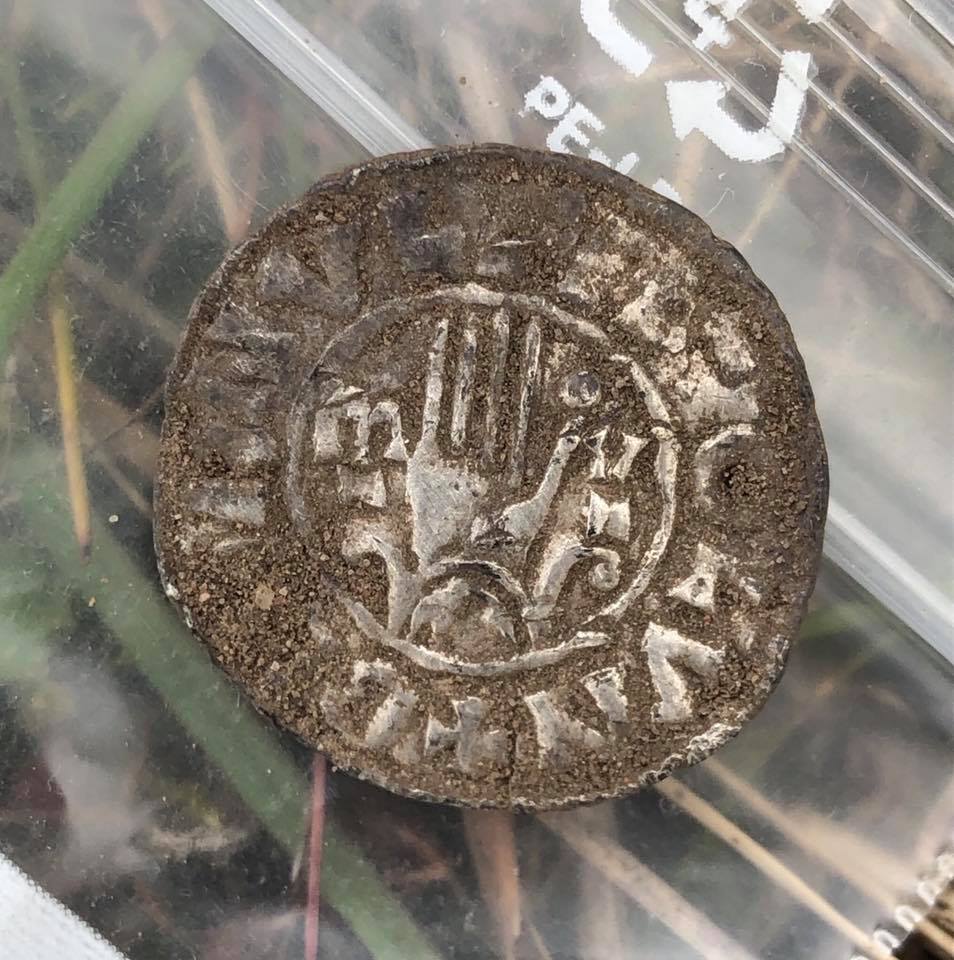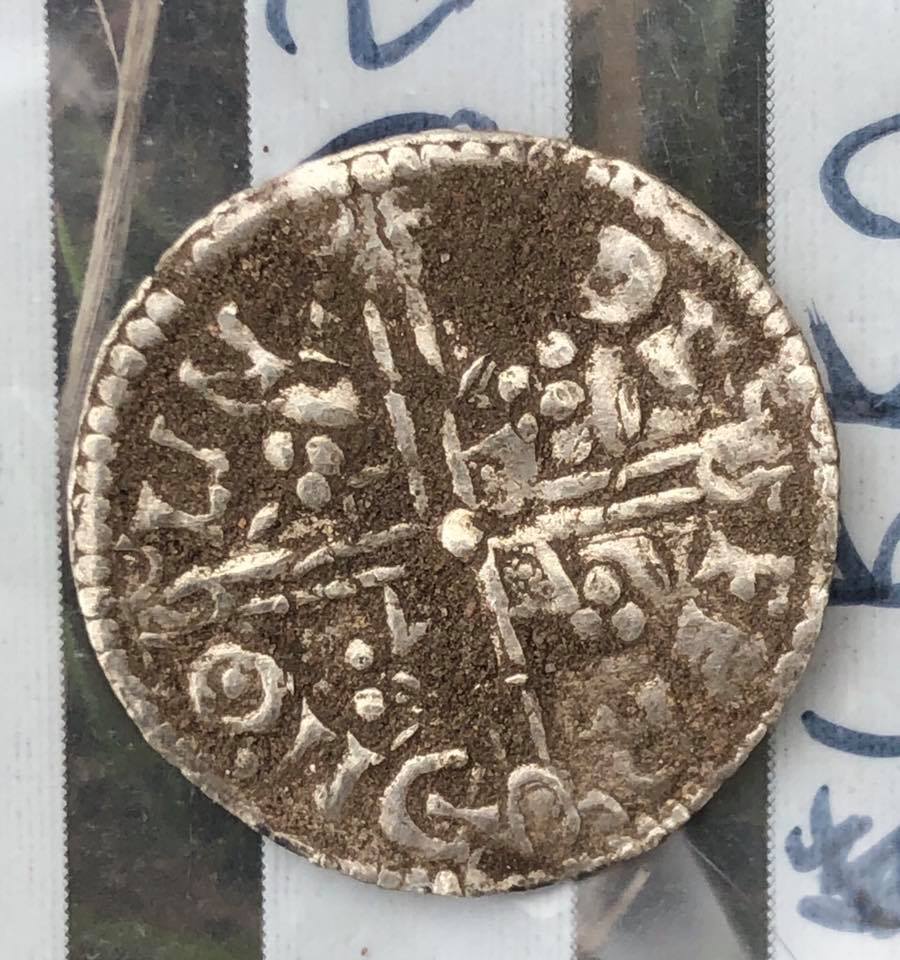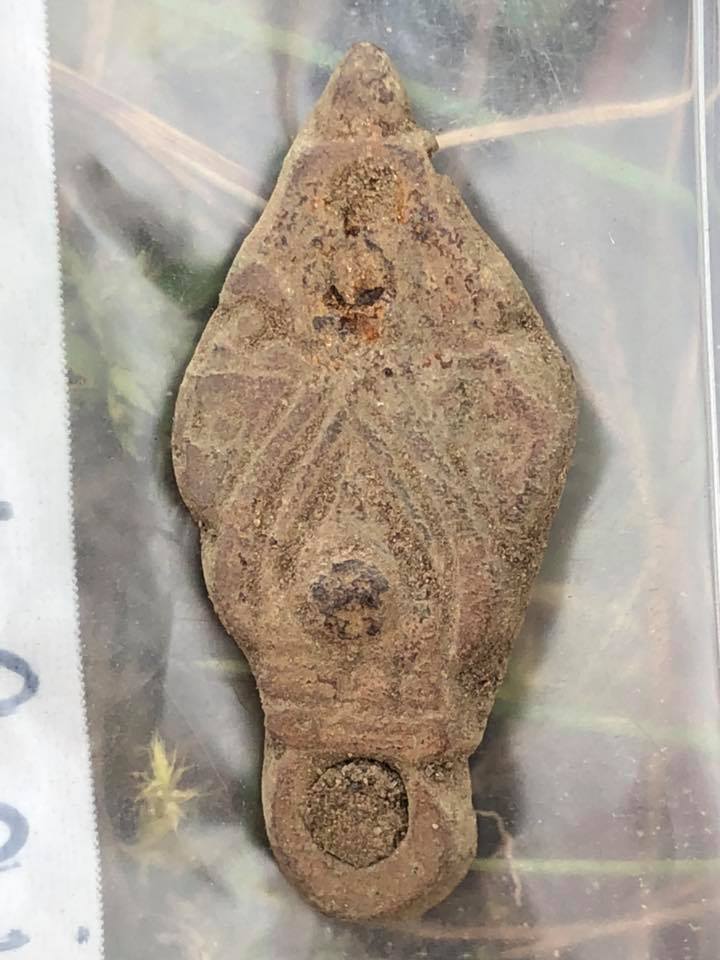Hoards Of Viking Coins Discovered On The Island Of Saaremaa, Estonia
On the island of Saaremaa, weeks after a big shipment, which includes a 1,700-year-old gold bracelet, came to light, there was another archaeological discovery.
According to the Heritage Protection Board (Muinsuskaitseamet) and the Saaremaa Museum, the recent find dates from the Viking era contains a large number of silver coins. The ERR’s online news in Estonian reports.
As with the earlier treasure trove, the latest find was the work of a metal detector hobbyist, who, in line with Estonian law, informed the authorities.
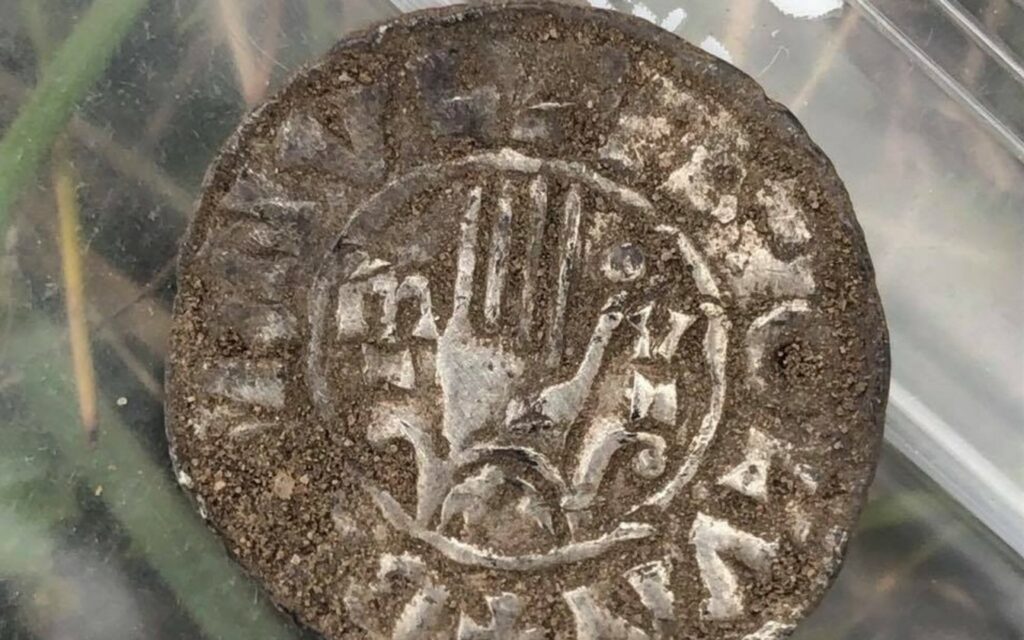
“We are grateful for the licensed hobby detector, who reported the findings to the Heritage Protection Board, which can now preserve some of the crucial histories of Saaremaa,” Saaremaa Museum stated on its social media page.
Archaeologist and Tallinn University Archeology Research Collection nusimatics curator Mauri Kiudsoo said that the find was highly significant for in understanding of Saaremaa’s Viking-era history, as well as running against the trend of hobbyists not handing over finds to the state on Saaremaa itself.
Archaeologist and Tallinn University Archeology Research Collection nusimatics curator Mauri Kiudsoo said that the find was highly significant for in understanding of Saaremaa’s Viking-era history, as well as running against the trend of hobbyists not handing over finds to the state on Saaremaa itself.
Two separate hoards were found. One of these dating to the second half of the 10th century contained silver coins that came via the Viking trade route which crossed the Baltic from the present-day Swedish island of Gotland to Saaremaa’s southern coast, and then on to Lääne County and on to present-day Tallinn.
These were likely to have been buried during upheaval or conflict in the region, as was the case with the other hoard from the Lümanda-Kihelkonna area.
Both point to destruction and upheaval in particular parts of Saaremaa in the second quarter of the 11th century, according to the article.
Kiudsoo added very few coin hoards from the same era that have been found elsewhere in Estonia.
In September, metal detector hobbyist Jegor Klimov found a substantially-sized gold bracelet, amber brooches, locally-made luxury amber brooches, silver, and silver-plated brooches and a Scandinavian silver-plated belt, at a 1,700-year-old sacrificial site.
The find similarly filled in knowledge gaps on the iron age on Saaremaa, as the more recent find has done for the later Viking era.
